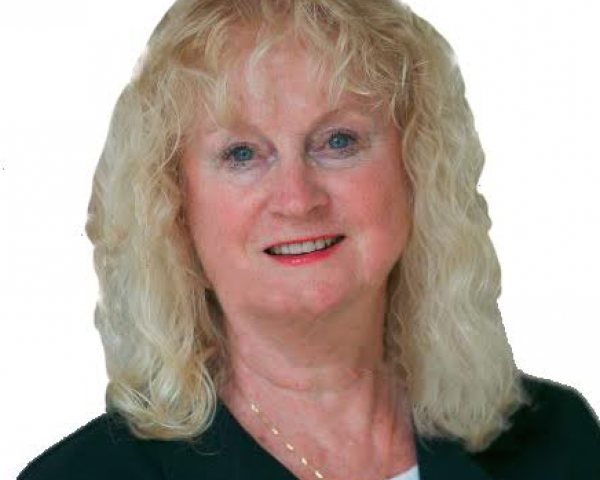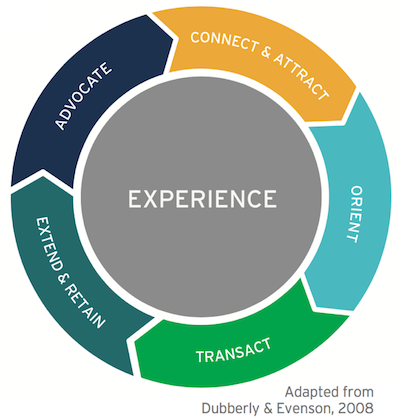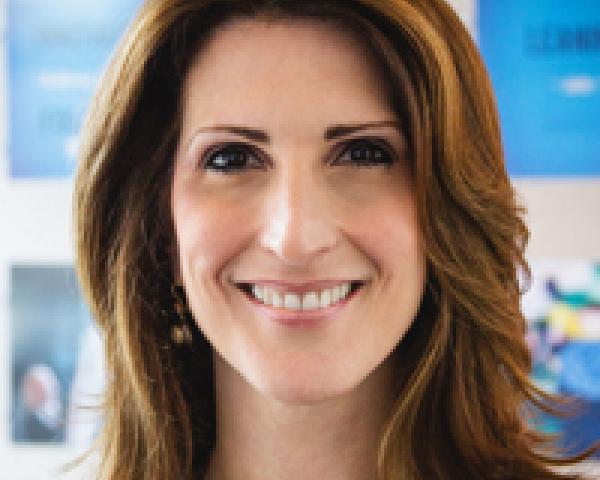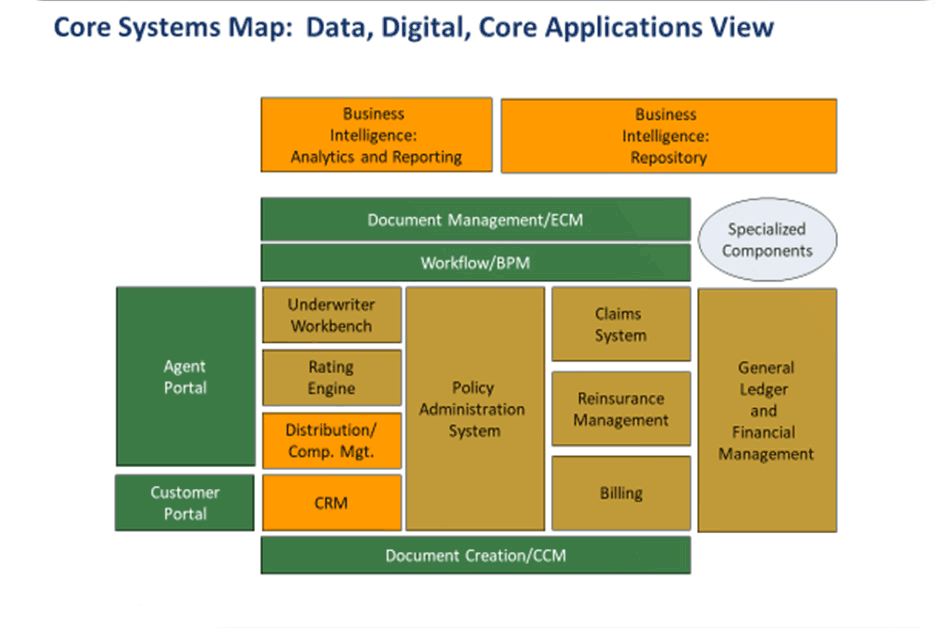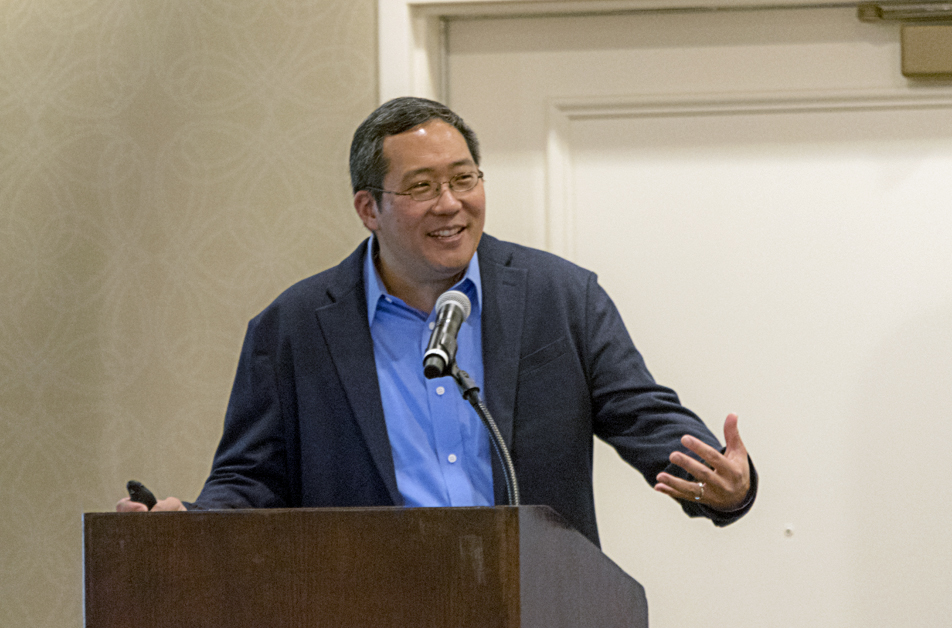High-dollar workers’ compensation claims are rare, but they can be extremely costly and have a significant impact on an employer’s workers’ compensation costs. The rarity of these claims makes studying them challenging. Safety National recently completed a review of our large claims and uncovered some trends.
Background/Definitions
Safety National is the largest provider of excess workers’ compensation coverage for self-insured employers in the U.S., insuring close to one-third of all self-insured employers. We are also a significant writer of high-deductible workers’ compensation coverage. Because self-insured claims data is not reported to agencies like NCCI, our data can offer a perspective that others cannot provide. The largest industry sector that we insure is public entities, including municipalities, K-12 schools and state agencies. Our other larger industry sectors include healthcare, higher education, light manufacturing and retailers.
Safety National’s entire book of claims includes the large losses that employers rarely see. By handling thousands of such claims, we are able to develop an understanding of their challenges and cost drivers that others do not possess. This experience also gives us insights into managing these severe cases.
For the purposes of this article, we are defining “large workers’ compensation claims” as those with a Safety National total incurred of more than $1 million. This is over and above the underlying employer’s retention, which, for the claims reviewed, ranges from $225,000 to $3 million.
“Catastrophic claims” are defined as severe burns, brain injuries, spinal cord injuries and significant amputations. These losses attract immediate attention from all those involved because the severity of the claim is apparent at the time of the injury.
“Developmental claims” are defined as those more-routine claims that continue to develop over time to the point where their total incurred meets our definition of a large claim.
Developmental Claims
While the catastrophic claims get the most attention, we see significantly more developmental claims crossing the $1 million threshold than our catastrophic claims. Approximately two-thirds of all claims we define as large losses started out as fairly routine claims, including back, shoulder and knee injuries.
The most common reason for escalating costs in these claims was multiple failed surgeries. Prescription opioid medications became the next significant cost driver, with annual prescription costs that were often more than $50,000/year. It usually takes 10 years or more for these claims to reach the point where they are reported to Safety National, and, if not settled, such claims can remain open for 30 years or longer. Thus, these developmental claims have an extremely long tail.
See also: The State of Workers’ Compensation
One interesting trend in these developmental claims is that there was often an opportunity to resolve the claim years prior for well below where the ultimate incurred exposure ended. However, the long-term exposure on the claims was not properly recognized, and, because of this, settlement demands were deemed excessive and the claim was left open as costs continued to escalate. The importance of accurate exposure evaluations and claims reserving cannot be overstated.
Catastrophic Injury Claims
Catastrophic injury claims are rare, and, because of this, many employers do not feel they have exposure for such claims. However, the reality is that these accidents can happen under a variety of circumstances.
According to Safety National’s claims data, five accident causes accounted for 86% of our catastrophic injury claims:
24% — Motor Vehicle Accident
If you have employees who drive, you have significant exposure for catastrophic injury claims. Often, these are single-vehicle claims where the driver lost control due to road conditions. Interestingly, we have seen many vehicle accidents involving police officers where the injuries sustained were likely a direct result of the officers not wearing a seat belt.
24% — Fall
Most of the catastrophic injury claims involved a fall from elevation. However, we have also seen catastrophic injures from a simple trip and fall where the injured worker struck his or her head, causing a brain injury, or landed wrong, causing a spinal cord injury. These types of claims can happen anywhere, including schools, retail settings or just on the stairs in an office building.
20% — Struck By
This includes a wide variety of potential causes, including being struck by machinery, falling objects or a vehicle (while not operating a vehicle, themselves). With the large number of public entity claims we manage, there are a significant number of claims that involve municipal workers being struck by vehicles while performing roadside maintenance and other activities. However, we have also received catastrophic injury claims that involve someone struck while crossing the street to a parking garage or being struck by a falling object while in a warehouse.
10% — Act of Crime
Most, but not all, of these claims involve police offers being shot in the line of duty. However, there are also claims where people working in a retail store or school were shot. This category includes mass shooting claims.
8% — Burns
Severe burns can occur in many different occupations, ranging from industrial to food service. The costs of these claims are extremely high in the first two years because of numerous skin graft surgeries.
The remaining 14% of catastrophic claims come from a variety of causes. We have seen brain injuries caused by severe food poisoning and flesh-eating bacteria contracted from a simple scratch. In addition, medical complications from minor surgical procedures have led to brain injury claims. Catastrophic injury claims can, unfortunately, happen anywhere to anyone.
Rising Costs of Catastrophic Claims
Medical advances are saving lives and improving the quality of life for those with catastrophic injuries. However, these medical advances are also very expensive, and the cost of the claims tail on catastrophic injury claims is increasing dramatically.
In addition, prosthetics used to be very simple, with a single prosthetic being used for all activities. As we have seen in the Paralympics, prosthetics have become very advanced and can, in many cases, replicate prior function. In addition, injured workers now often receive multiple prosthetics for use in different activities. These advanced prosthetics greatly increase the function for their users, but they are also significantly more expensive than they were 20 years ago, and they wear out more rapidly because they allow for increased activity levels.
It was not that long ago that a workers’ compensation claim with a ground-up incurred of more than $5 million was a rarity. In reviewing Safety National’s claims history for the last 40 years, we had only three such claims prior to 1990. When you consider all of Safety National’s claims in the last 40 years with an incurred over $5 million, 35% of them occurred in the last eight years, and 22% occurred in the last five years. We are also now seeing catastrophic injury claims with over $10 million incurred.
See also: How Should Workers’ Compensation Evolve?
Medical advances also affect the survivability of severe injuries. We recently saw a severe burn case where the injured worker survived for less than three months and the medical costs were more than $10 million. Ten years ago, that injured worker would have died immediately because of the severity of the injuries.
An injured worker with a brain injury or paraplegia can now have a near-normal life expectancy. Twenty years ago, those same injuries would have resulted in significantly reduced life expectancies. These extended life expectancies mean that, for someone in their 20s at the time of an accident, we could realistically see claims costs eventually exceed $20 million.
Conclusion
Large workers’ compensation claims are infrequent, but the costs of these claims are significant and can have a tremendous impact on an employer or carrier’s claims costs. Catastrophic injury claims are even rarer, but the costs of these claims are increasing rapidly, with single claims exceeding $10 million and the potential for such claims to reach $20 million.
This article was written by Mark Walls and Stephen Peacock.






